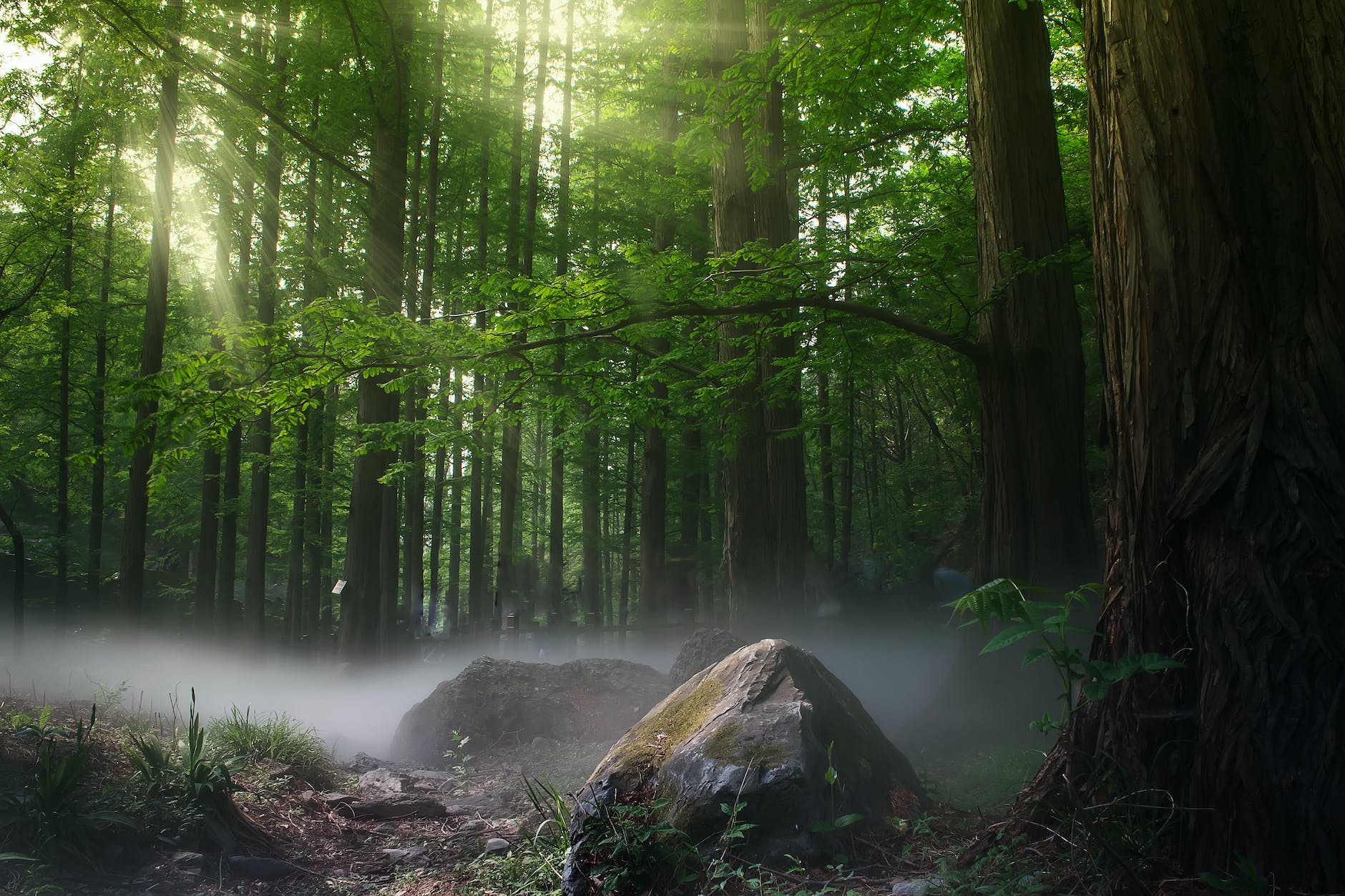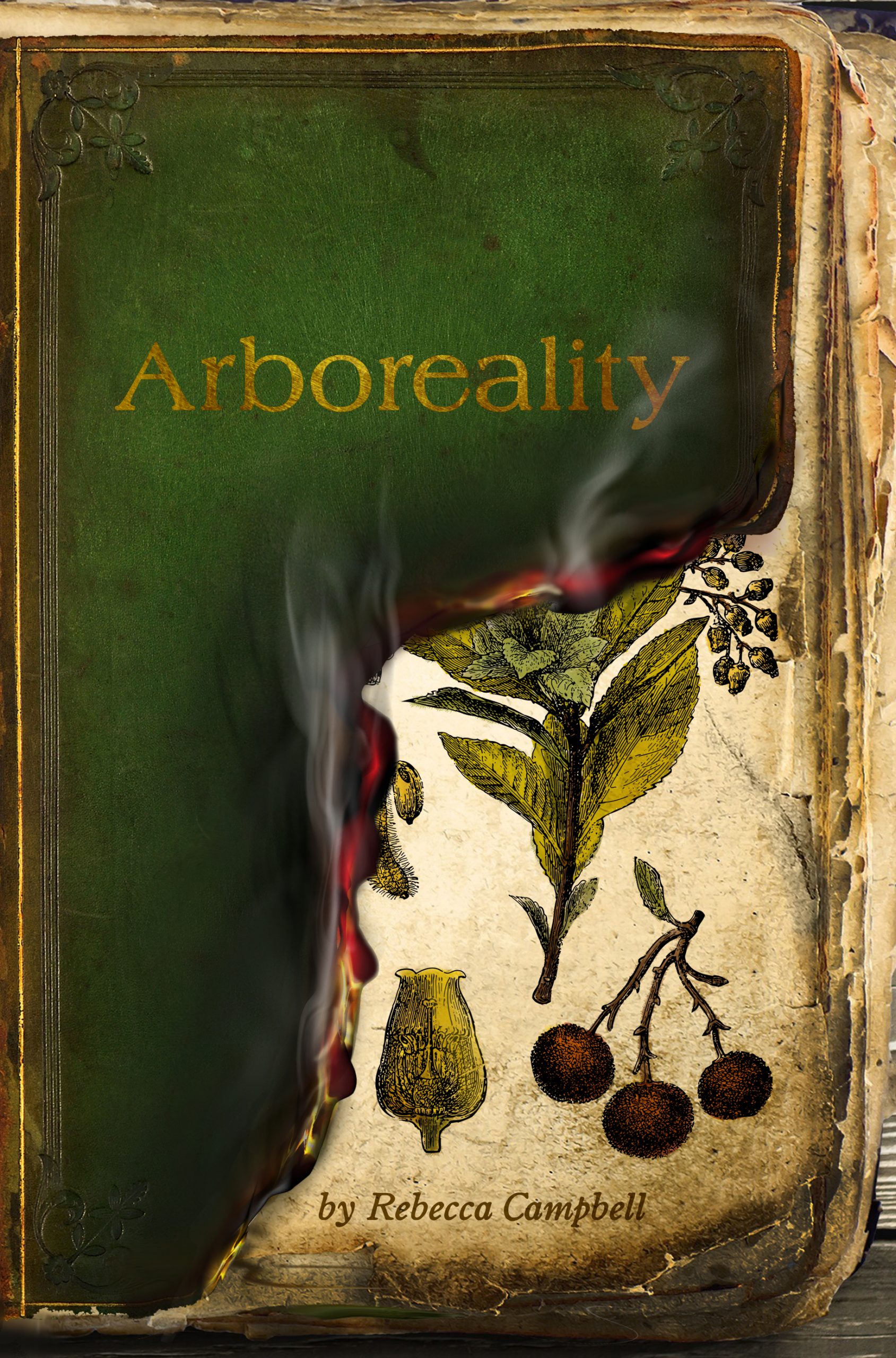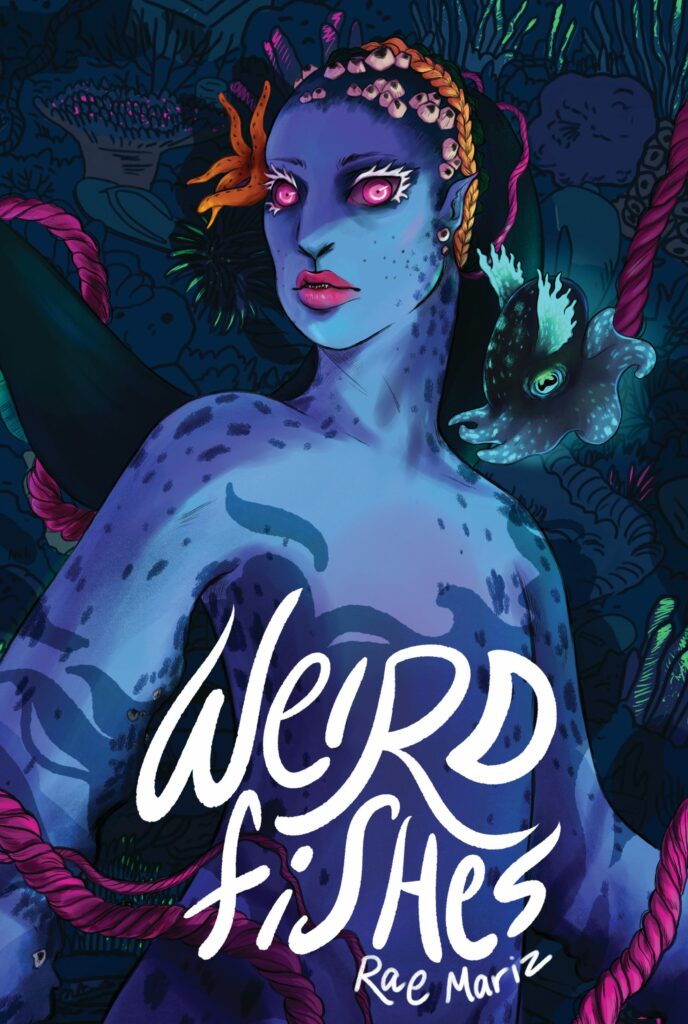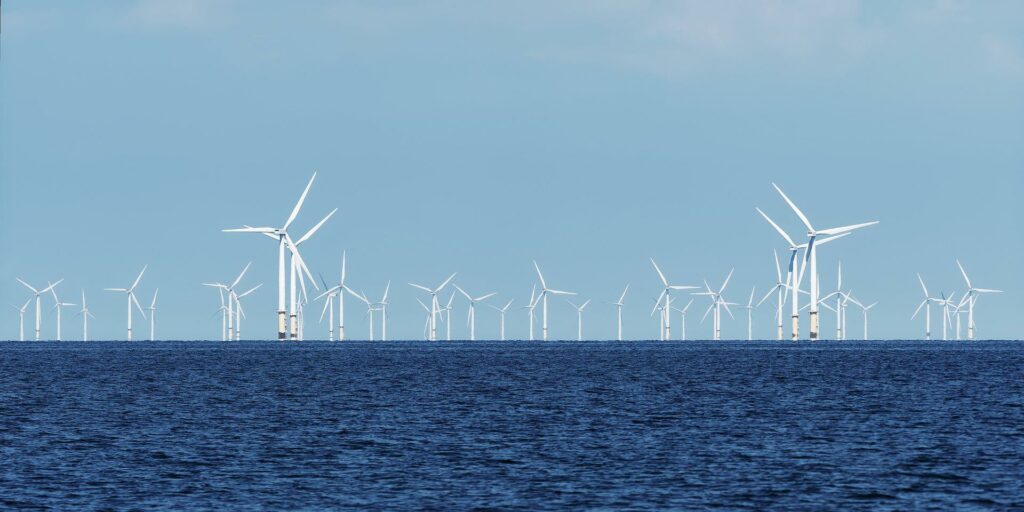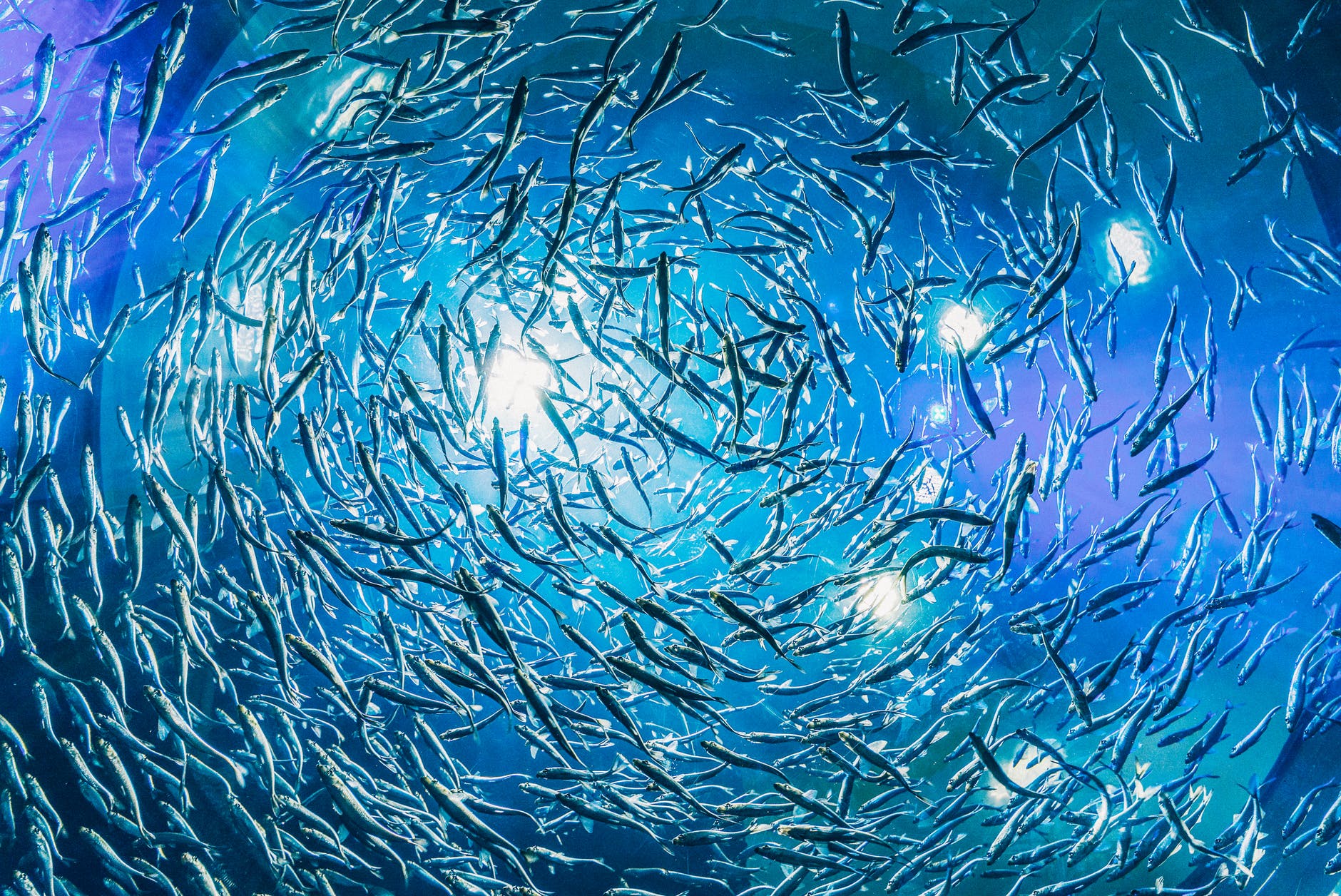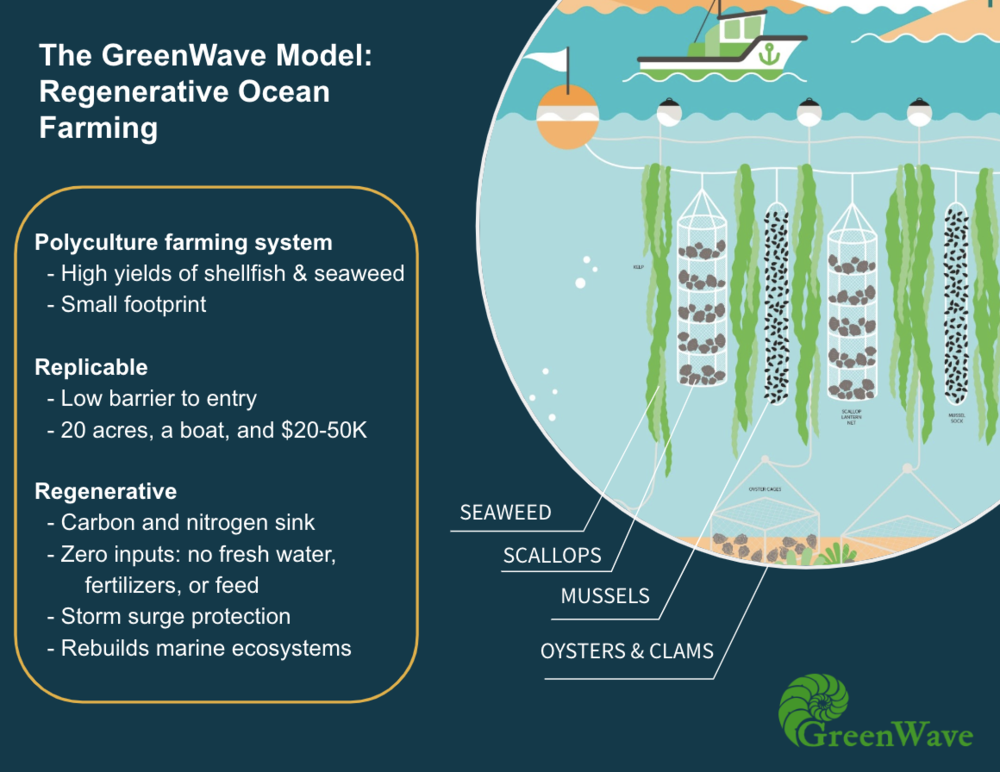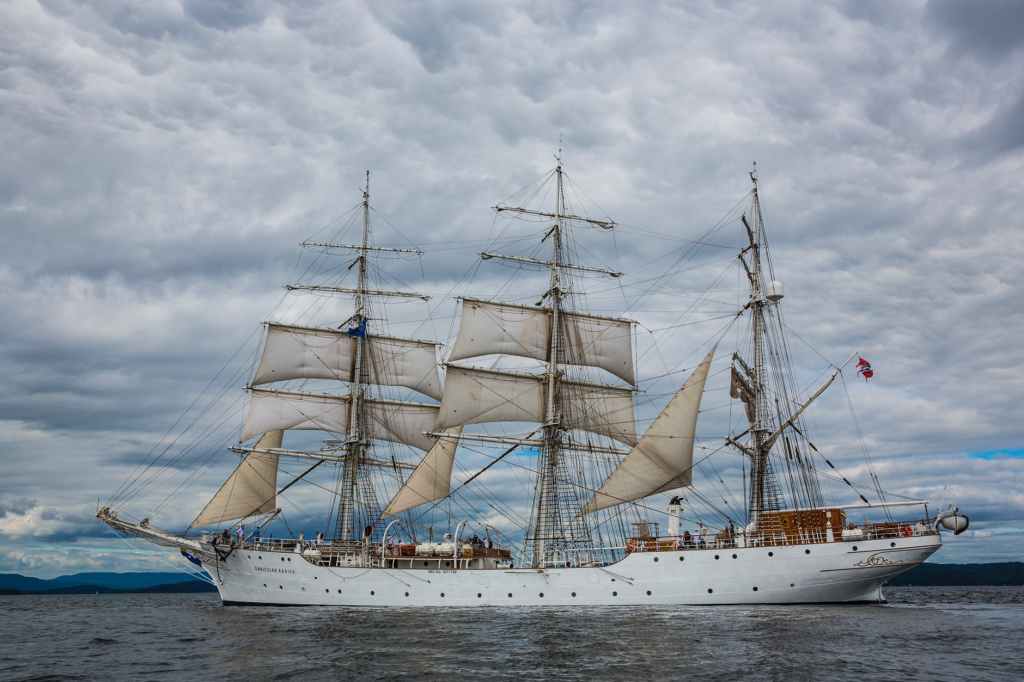by Jack Waro
Here in this series about spirituality, I’m going to talk about science. That might seem an odd choice. Typically, we think of science and spirituality as opposites, at best complimentary and at worst mutually hostile enemies. Navarre’s introduction put it this way:
“Science without spirituality becomes the fuel for cold, capitalistic domination of nature, and spirituality without science can lead to superstition and bigotry.”
Given the way science works in the modern world this makes a lot of sense. I am an ecologist by training, and I’ve certainly participated in my own moments of cold capitalist science (and on the flip side I’ve also seen some fairly wacky spirituality too). Some of the commonplace ideas about science are pretty bleak: science is a tool for imperial domination, science reveals the universe to be a cold dead machine, scientists are emotionless calculators heedless of the consequences of their actions, etc, etc. Today, science is the binary opposite of the spiritual.
Here I want to suggest that this view of science might one day go away.
I want to suggest that this view has little to do with science per se, and a lot to do with culture, economics, institutions, and metaphor. We might be looking at an historical artefact of one brief moment in time.
If the role of Solarpunk is to re-imagine the world, then we need to ask: “What does science look like in that world?” I’d like to suggest that in a better world, the harsh divide between science and spirituality might soften or even disappear.
This is an enormous subject, so I’ll just share a couple of ideas as food for thought.
Two Visions of Science: an example
I have on occasion done professional looking scientific ecology things. Most people haven’t had this kind of experience, so I want to give an example of what science looks like in practice. I will describe one scene in two ways, to highlight the basic problem with how we understand science.
The basic scientific setup was this:
A forest contained a set of “permanent plots”. These are marked survey areas where every tree has an ID tag. The job of the survey team is to go in and measure every tree. The forest had dozens of these plots, set up decades ago. From all this data we can answer all sorts of questions.
Now here’s two versions what it actually feels like to do this research. Both versions are true.
Description One
I catch my breath while I can. The work is hard, all this bashing through rainforest and mud and rain. I’m exhausted. To be honest I’m stressed out too. It’s a low wage precarious job. I’ve been flown in here for this gig, and when it’s done I’ll be yanked back out and off to something else. I barely know where I am. The lead scientist has gone AWOL to another project, overworked and underfunded. The rest of the team are consultants I’ve never met, the scientific equivalent of mercenaries.
In my hands I hold a clipboard full of numbers. A team member halfway down the muddy slope shouts out codes: “KNI-EXC, 21.5! CYA-DEA, 10.1! COP-ROB, 3.3!” I look around me, up at the tawa trees, the supplejack vines, the climbing ratas and epiphytic ferns, this overflowing mass, and I ask myself, “Do I understand this place? Do I really know this forest?” I can only answer, “No. Not by doing this.”
We are reducing this abundance of green life into a statistical abstraction. Life made into numbers. Later we’ll put out some graphs, maybe someone somewhere will argue about carbon credits, and this forest will be reduced again down into the one true number to rule all numbers: money. The forest will become an economic ecosystem service, entirely interchangeable with any other lump of biomass anywhere in the world, for the right price.
Don’t get excited about science, kids. It’s just a job. Get in, get out, go home. Become a plumber, you’ll get paid better.
Description Two
The leader of this group spent seven years before he could take the robes and receive the title of Doctor, in accordance with the ancient traditions and customs of his forebears.
Each member of the team has their chosen dedication. The Doctor dedicated himself to the land and soil, to the growing of food. A young woman has dedicated herself to a single species of insect, another to endangered bats, another to the moths that eat seeds on the forest floor. For my part, I chose the subtle flows of those elemental substances of life that pass between land, ocean, and sky.
We do this for love, not money.
Each of us has spent long years in detailed study of the infinite mysteries of the universe, as consumed by nature’s secrets as much as any monk or mystic. I know the balance between the forces of Earth and Sky. The Doctor knows what makes the fields lush and green.
We are inheritors of monasteries, of the temples of the world’s first cities, of those ancient priest astronomers who told their people when to reap and when to sow. We still use their techniques on occasion. We still share their quest. We live to make sense of our world, to give our knowledge, our guidance, to our people. If they will listen.
We see visions others cannot.
As I stand in the forest I perceive the hidden mysteries of worlds hidden in the curl of a leaf. I know the cosmic stories, the unfolding, the unfathomable reaches of space and time, the forces which unfurl these myriad forms and flows in which I stand, in which I live, in which we are.
To us the rainforest is an open book.
We read.
As we move through the forest we know each species we pass. We know their ways. We take joy in each familiar friend we see. We note the welfare and the stories of the trees.
Human eyes and mortal minds are prone to deceptions. We lie. We trick ourselves. We care more for human things than the ways of trees. Therefore we do all we can to overcome ourselves.
Most would think us mad, doing what we are doing. The process is painful, as gruelling as any penance. This is our sacrifice to know the way of trees. Even with all our efforts, we will never truly know this forest.
Those depths are too deep.
For those who have been here before, the visit is a reunion, checking in on the family of green. We see new children have been born, the middle aged have gotten fatter, and drama of tree-life is continuing along. These trees will outlive us all, as we outlive ants, and each visit made these decades apart is our reminder.
I have only been here twice.
I look up at a vast kahikatea, centuries old and still young. Her top reaches up beyond the canopy. With the feeble methods we humans have available I make my best attempt to understand her life on her own terms. Around her trunk I wrap a tape measure, and yell out: “DAC-DAC, 41.6!”
Two Visions of Science: a dichotomy
Both of the above are true. The first speaks to the conditions of science in the modern world. Cold, calculating, and commercial. Science is a tool for product development, market research, and government policy.
The second speaks true to the deep social origins of what scientists are doing, and to the deep motivations in their hearts. Science reveals to us the mysteries of the universe, shaping our fundamental beliefs about who and what we are.
We have an odd dichotomy here.
Science in the modern world is simultaneously a cold materialistic tool AND a borderline religious experience.
Now, when it comes to Solarpunk, as we reach out into those possible futures and imagine new worlds, the first of these visions mostly goes away.
Science might retain some amount of coldness – it does tend towards pragmatism and abstraction over lived emotional experience. Science might still clash with spirituality – data has no pity on claims that can’t be verified. But other than that, much of what remains is transcendent.
The Machine World
Now I want to move in very different direction, but one which Solarpunk, as an artistic movement, is also well placed to address. This is a question of a bad metaphor, the vision of the universe as a machine.
This is the core teaching of science (according to the metaphor):
Existence is cold dead mechanism. Cogs and gears. Automatons and objects. An infernal contraption. Every measurement made strips away the mystery and reduces another part of the universe to mere machinery.
This metaphor turns up all over the place.
A recent example I stumbled across is the Kurzgesagt’s “You Are an Impossible Machine” video. Cells are protein robots. DNA is computer programming. You are an impossible machine. While the facts are great the metaphor is wrong, because…
YOU ARE NOT A MACHINE!
This metaphor needs to die.
Let’s explore why.
The Clockwork Universe
The idea that the universe is some kind of machine is associated with Newton, as if this metaphor is some triumphant shift away from religion to a cold rationalist science. Weirdly enough the actual history might be the exact opposite.
Newton himself probably didn’t believe this clockwork metaphor per se. Instead, the machine universe is a medieval Christian idea.
Think it through, and it makes a lot of sense. Really, this is the “Intelligent Design” argument, which persists to this day. If the world was designed by God then the universe really can be compared to a machine.
God is a clockmaker. People and animals are machines designed by God. Causal power rests ultimately with God, as it would for a machine, and God himself holds the universe together, winding the mechanism back up when it runs down. The metaphor makes perfect sense. Indeed, it’s kind of cool to think of yourself as a soul riding around in a robot suit made by God.
That’s the origin.
The machine metaphor then went on to do something very un-machine-like. It started evolving.
From a clock metaphor in which God is active, winding up the clock so it keeps going, we shifted to a metaphor of a clock as perpetual motion machine. This is the Deistic universe. God set up the gears, pressed the ON button, and now the machine just keeps running forever. Like a machine every bolt and screw can be accounted for, and once humanity completes the task of measuring every mechanism we will understand the full design of God.
Later still we dropped God himself. We had no need for that hypothesis. The universe became pure machine. But now the mechanical metaphor becomes something horrifying and monstrous.
What does it even mean to be a machine without a maker? The universe is a purposeless machine. Mere mechanism for the sake of mechanism. Stripped of God and souls, the metaphor reduces the world to mere nuts and bolts. We are impossible machines caught in the cosmic gears, being ground to dust without reason. Science reveals a universe which is cold, meaningless, and dead. Like a machine.
At least, that’s according to the metaphor.
New Metaphors for New Science
The machine metaphor makes very little sense with modern science. Sure, the human body has joints and levers, and machines can have joints and levers too, but that’s about as far as it goes.
In biology, evolution and complex systems make a mockery of any attempt to think of the world as a piece of static industrial machinery. Quantum physics and General Relativity take us about as far from clockwork as you can get.
Once we strip out this defunct machine metaphor that harsh divide between science and spirituality begins to soften. Modern science confronts us with both profound mystery and a deep interconnection with the universe. That sounds fairly spiritual to me.
As an artistic movement, Solarpunk would be well advised to look for new metaphors when talking about science and nature. So, to that aim, here is my attempt:
You are not a machine.
YOU ARE A RIVER.
The River
Rivers have been used as a metaphor for life for a long time (think “You can’t step into the same river twice” etc etc). I want to go a little deeper than the usual idea of life being like floating down a river. When I say, “You are a river”, I mean that you and a river are fundamentally in the same category of thing.
We live in a world of complex systems. Societies, economies, ecosystems, even our own bodies are complex systems. While it is possible to build complex systems (we do it all the time), the behaviour of these systems is vastly different from that of a simple mechanical clock.
So, if we want a metaphor that works, we need something which is also a complex system.
Like a river.
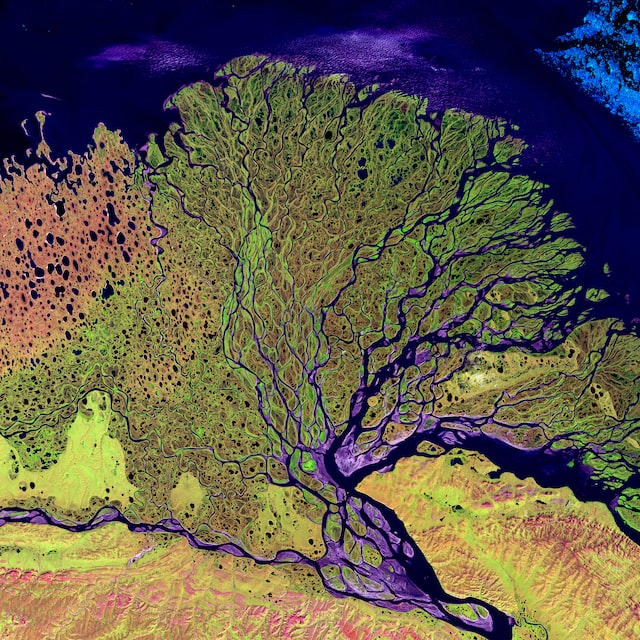
[ credit: https://unsplash.com/photos/qTV6c2pjbBo ]
As a way to get this metaphor down into your intuitions, here is a simple exercise for people who are into that…
1) Find yourself a river. If you don’t have one, try online. Here’s one.
2) Get comfortable, and observe. (If you’ve done mindfulness meditation, bring those skills into it).
3) Watch the flow of water. Pay careful attention.
4) As you observe, let the patterns of what you are seeing get into you. A river is neither random nor an orderly mechanism. The river is a complex system.
Note things like the following:
– A standing wave that is constantly changing and yet always there.
– Repetitions in the pattern e.g. a big splash that comes after every seventh wave.
– Overlaid patterns. Maybe the wind is blowing, creating ripples across the flow. Maybe ripples bounce off one rock and intersect with ripples from another.
– Evolution over time and space. Notice how the water begins upstream, and changes speed and position as it flows. Throw a leaf into the flow and watch the twisting journey it takes.
Put all this together and you are getting an intuitive feel for how all complex systems behave.
5) Now extend your awareness beyond the river. The river is connected to the landscape, to the sky, to the sea. All these are complex systems too, forming one super-system. They share a family resemblance with the river, only in forms and on timescales of their own. The sky, the soil, the stones, the plants, the animals are all flowing like rivers in their own ways. Extend your “river-sense” up from the river and out to all the world around you. Feel it flowing as one vast river.
6) Extend this awareness to yourself. Pay attention to your own body and mind. You are also a complex system. You are a river too.
7) Extend this awareness to the invisible. Down to microscopic cells and DNA. Up to the entire planet, the Solar System, even the galaxy. All this too flows like a river.
8) Hold this awareness of yourself and the world, flowing, evolving over endless time and space.
9) Afterwards, as a bonus extra consider spending some time watching footage of Earth from space (here’s one). Patterns you saw in that river can be seen playing out over the whole surface of our world.
This is the universe that modern science reveals, metaphorically speaking. If that’s not spiritual, I don’t know what is.
Conclusion
I’ve only scratched the surface here. Nevertheless, there’s reason to believe that our modern view of science and spirituality as being opposites is an historical artefact unique to our moment in time, rather than anything natural and enduring. Throughout history the questions, “How does the universe work?” and, “How should we live in this universe?” have almost always been united. As we re-imagine better futures, our answers may inevitably join together once more.

Jack Waro is either a climate change expert and/or hobo and/or prone to exaggeration. He can be found in the Land of the Long White Cloud, under the trees, having conversations with the fantails. For more check out Jack Waro Writes Bad Ecology.
